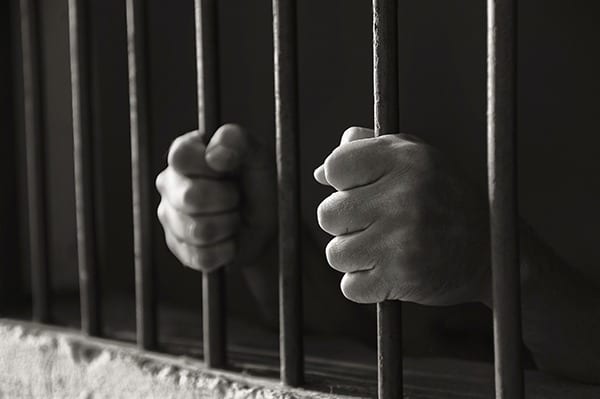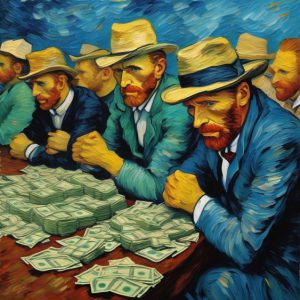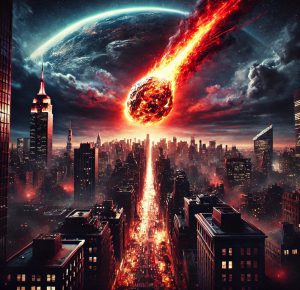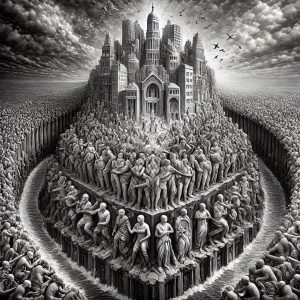
Editor: Draco Cooper | Tactical Investor
Trump Calls Guantanamo Prisoners Dangerous
At the desolate Guantánamo military prison on Election Night in November 2008, detainees initiated a chant that reverberated through the concrete buildings of compliant and non-compliant camps alike: “Obama! Obama! Obama!” The resounding echoes of this chant painted a picture of hope as the election results confirmed Barack Obama’s victory over John McCain. However, the optimism did not penetrate the top-secret Camp 7, home to “high value” detainees, including those charged with the 9/11 attacks.
In Camp Justice, a site hosting defence lawyers and military prosecutors, the atmosphere took a charged turn. As the lawyers formed a chain, dancing and chanting “Hey, hey . . . goodbye!” to mark the end of the Bush era, a shoving match ensued with the prosecutors who evidently took offence.
Obama, who spoke passionately about the issue, addressed the compromise of core values in the dark halls of Abu Ghraib and the detention cells of Guantánamo. However, as time unfolded, the promises of change and closure for Guantánamo faced challenges, leaving a lingering sense of unfulfilled expectations in the wake of Obama’s presidency. Full Story
Trump Keeps Guantanamo Open for Dangerous Prisoners, Reversing Obama’s Plan
In a significant reversal of former President Barack Obama’s stance, President Trump signed an executive order during his State of the Union address to maintain the operation of the Guantanamo Bay military prison. This decision directly contradicts Obama’s commitment to closing the controversial facility “as soon as practicable.”
The Guantanamo Bay military prison, situated in Cuba, has been a subject of intense scrutiny since its inception, serving as a detention centre for what Washington labels “enemy combatants” post the 9/11 attacks. However, the number of prisoners at the facility has dwindled, with only 41 remaining.
During his address, Trump justified his decision by citing past instances where the release of what he deemed “dangerous terrorists” had led to their return to the battlefield. He specifically pointed to the case of Abu Bakr al-Baghdadi, the leader of the Islamic State group, who was held in US custody in Iraq before later emerging as a prominent figure in the conflict.
The Guantanamo Bay military prison has faced ongoing criticism from human rights groups, who raise concerns about the conditions within the facility, including allegations of torture. The decision to keep it open marks a continuation of the facility’s controversial history and signals a departure from the earlier commitment to its closure.
The move has reignited debates about the treatment of detainees, the ethics of prolonged detention without trial, and the broader implications for human rights. As the prison’s fate continues to evolve under Trump’s administration, it remains a focal point of global discussions surrounding the balance between national security concerns and the protection of individual liberties.
Other Articles of Interest

What is the affect heuristic meaning in decision-making?

Aehr Stock Price: Should You Dive In or Exit Quickly?

How to invest in BRICS currency?

What are the top picks for 2025 dogs of the DOW strategy?

Metacognition Definition

Oil to Gold Ratio: How to Leverage It for Profitable Investments

Cash on the Sidelines: Powering the Market Surge or Purge?

Define Indoctrination: The Art of Subtle Brainwashing and Conditioning

AI Threat to Humanity: Reality Check or Pure Fiction

Ray Dalio all weather portfolio PDF

What is Financial Stress? A Hidden Goldmine for Investors

Normalcy bias is the denial of danger in favor of the desire for safety

Michael Burry mother of all crashes

The madness of crowds summary

Skip Human Psychology Books: Learn Everything from the Market
Central Bankers Weapon-Inflation Kills Middle Class-Here’s the solution
A step back in time; Stock Market Corrections-Nothing but Buying Opportunities


